
Exploring History. DM me a story you want to share & for credits 📥
44 subscribers
How to get URL link on X (Twitter) App

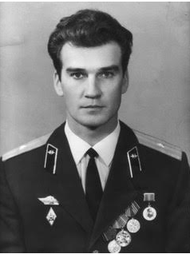

 In the 1980s, during the Cold War, the Soviets introduced a satellite-based early-warning system designed to detect U.S. missile launches.
In the 1980s, during the Cold War, the Soviets introduced a satellite-based early-warning system designed to detect U.S. missile launches.
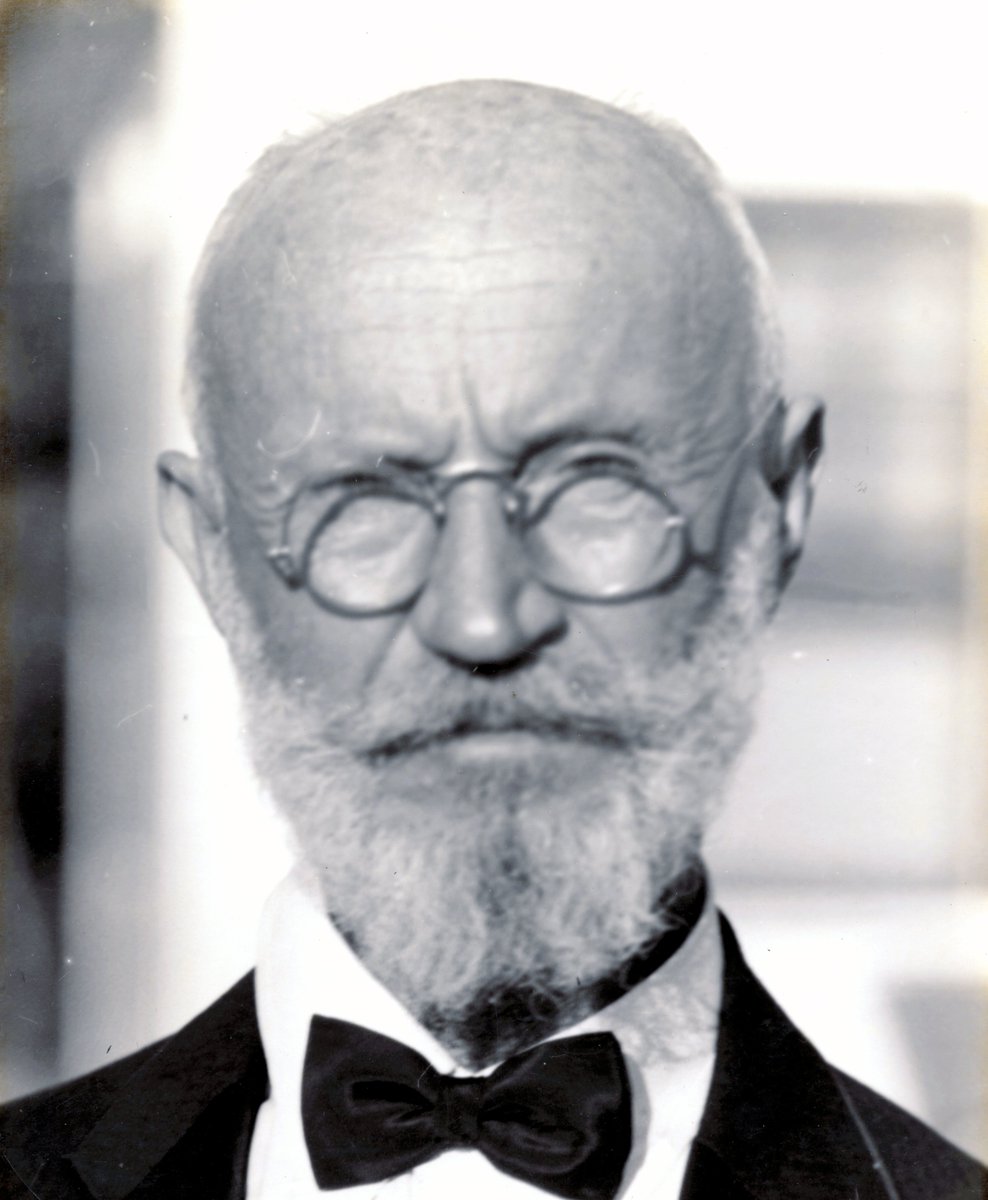

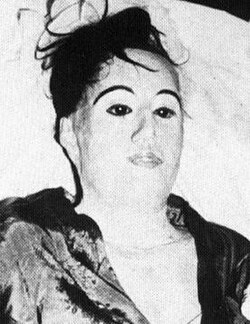 Carl Tanzler was a German-born radiologist.
Carl Tanzler was a German-born radiologist.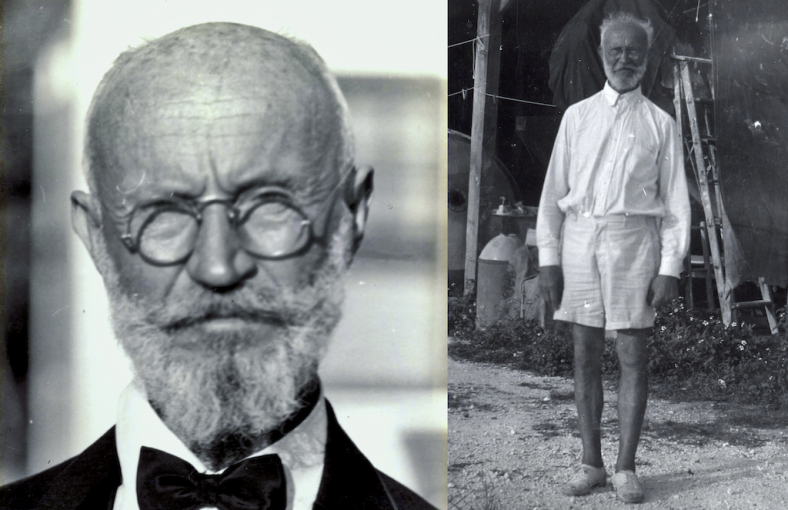


 The late 1950s saw the United States and the Soviet Union locked in an arms race, each trying to outmatch the other.
The late 1950s saw the United States and the Soviet Union locked in an arms race, each trying to outmatch the other.


 In the early 1900s, U.S. banking was chaotic.
In the early 1900s, U.S. banking was chaotic.

 The plague began far from Europe.
The plague began far from Europe.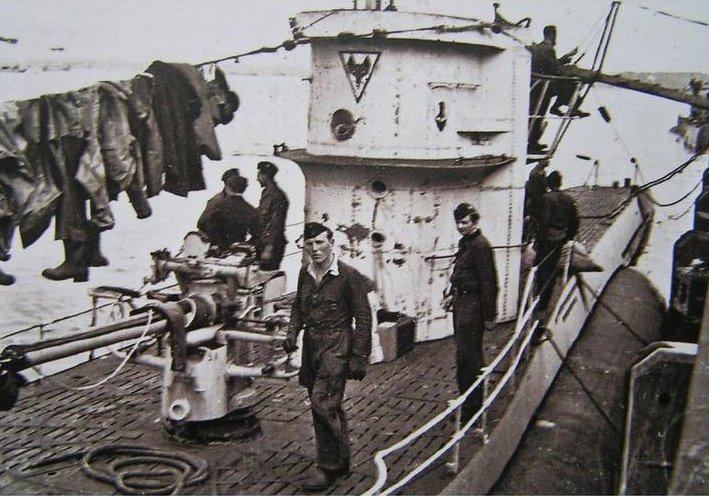

 During WWII, German U-boats were known as the "Grey Wolves."
During WWII, German U-boats were known as the "Grey Wolves."

 By 1944, Nazi Germany was losing the war.
By 1944, Nazi Germany was losing the war.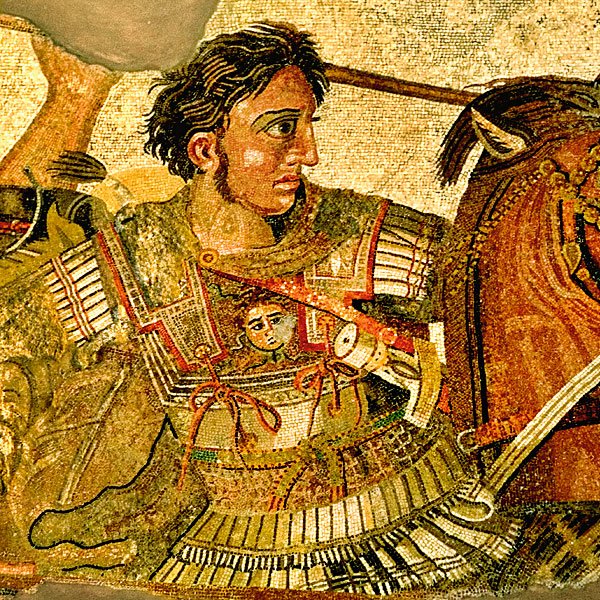

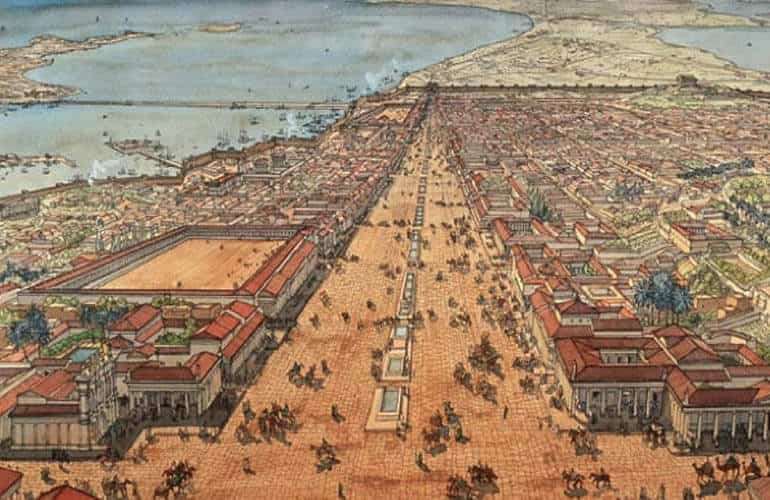 When Alexander the Great invaded Egypt in 332 BC, he saw an opportunity to create a city that would link his empire to the Mediterranean.
When Alexander the Great invaded Egypt in 332 BC, he saw an opportunity to create a city that would link his empire to the Mediterranean.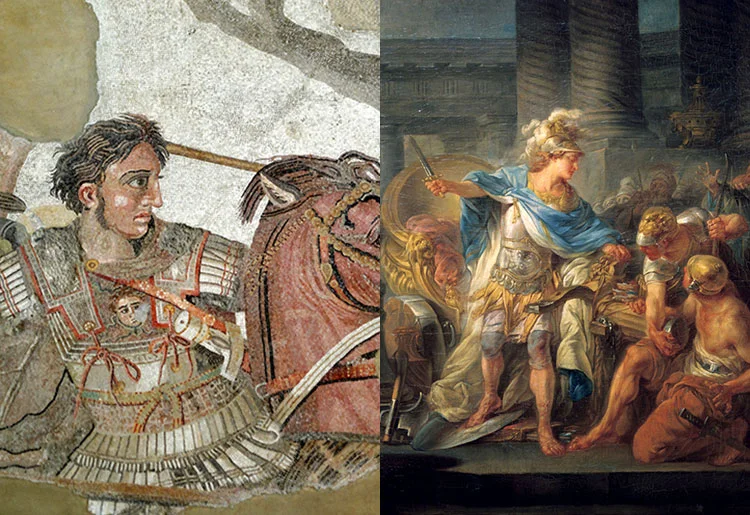


 Michael Siffre wasn’t new to isolation experiments.
Michael Siffre wasn’t new to isolation experiments.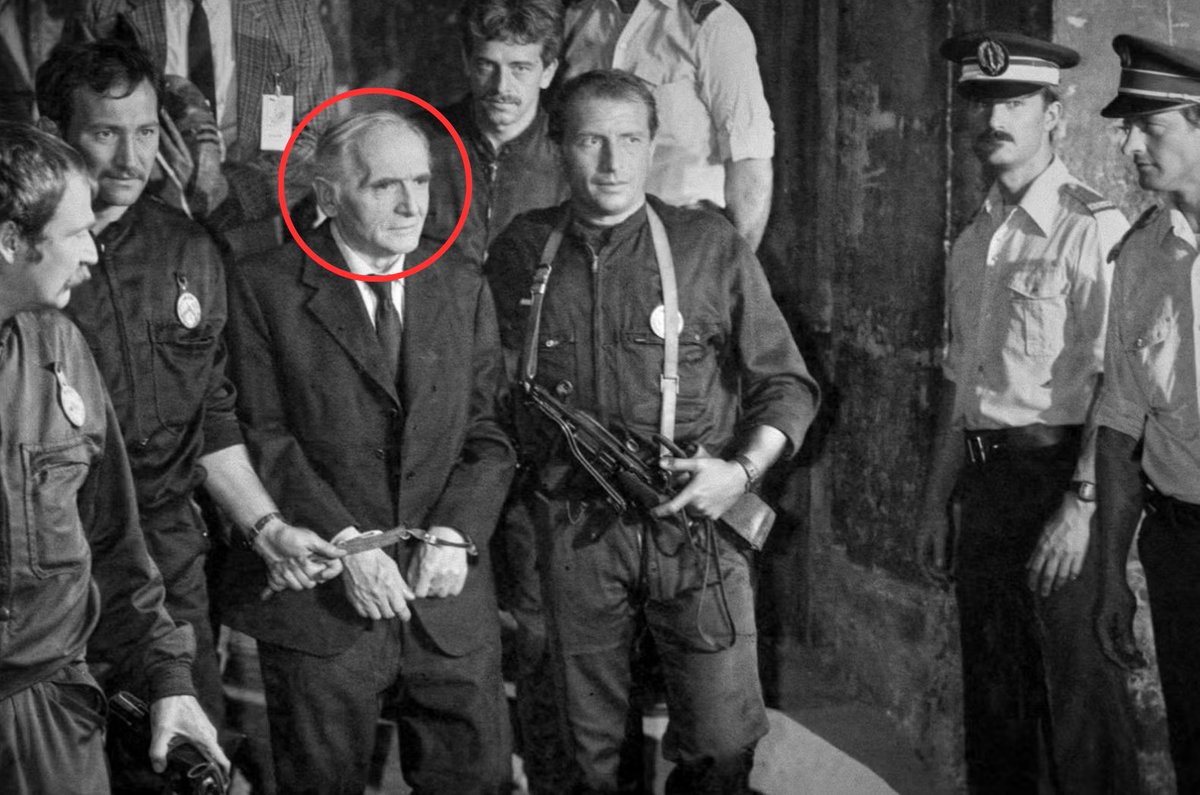
 His real name: Nikolaus Barbie.
His real name: Nikolaus Barbie.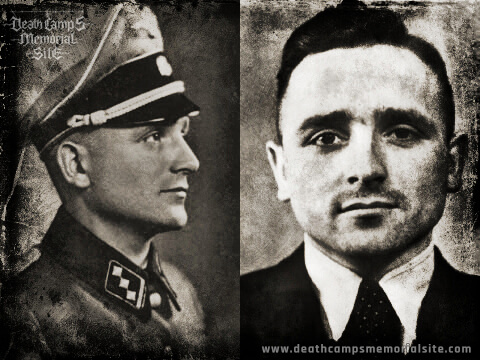


 In the 1910s, radium was the wonder element.
In the 1910s, radium was the wonder element.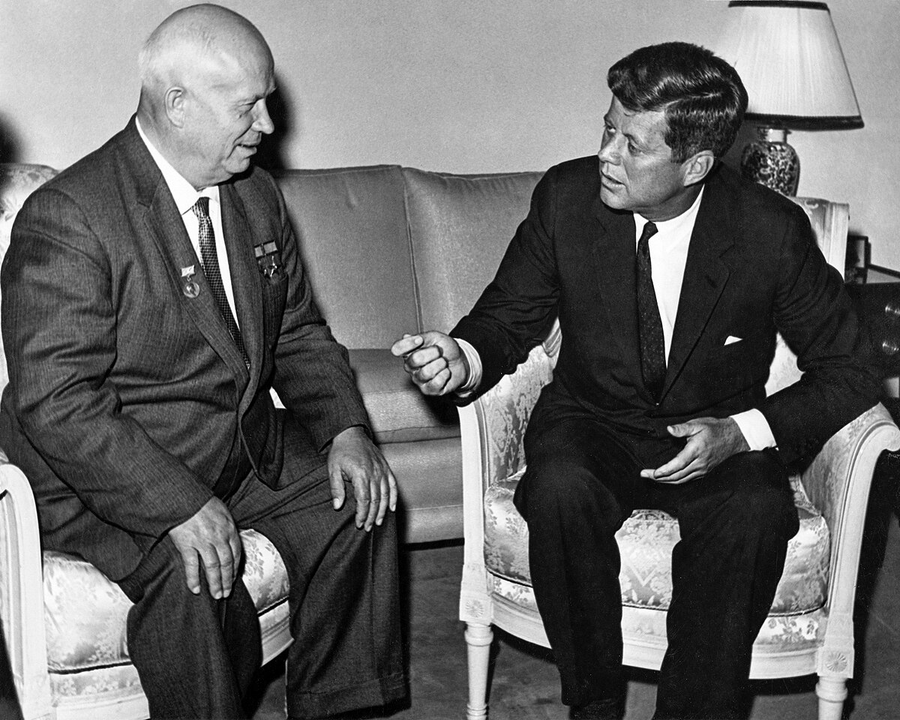

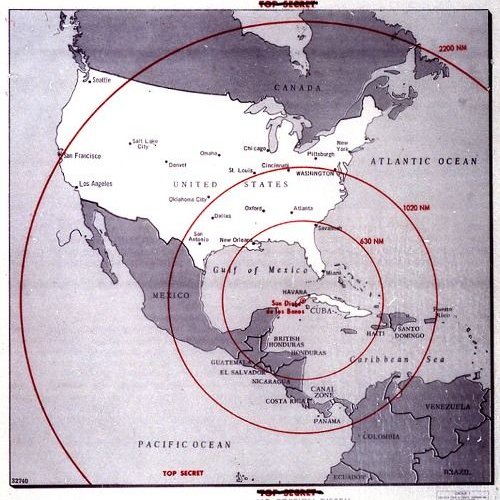 By the early 1960s, the U.S. and USSR were locked in the Cold War.
By the early 1960s, the U.S. and USSR were locked in the Cold War.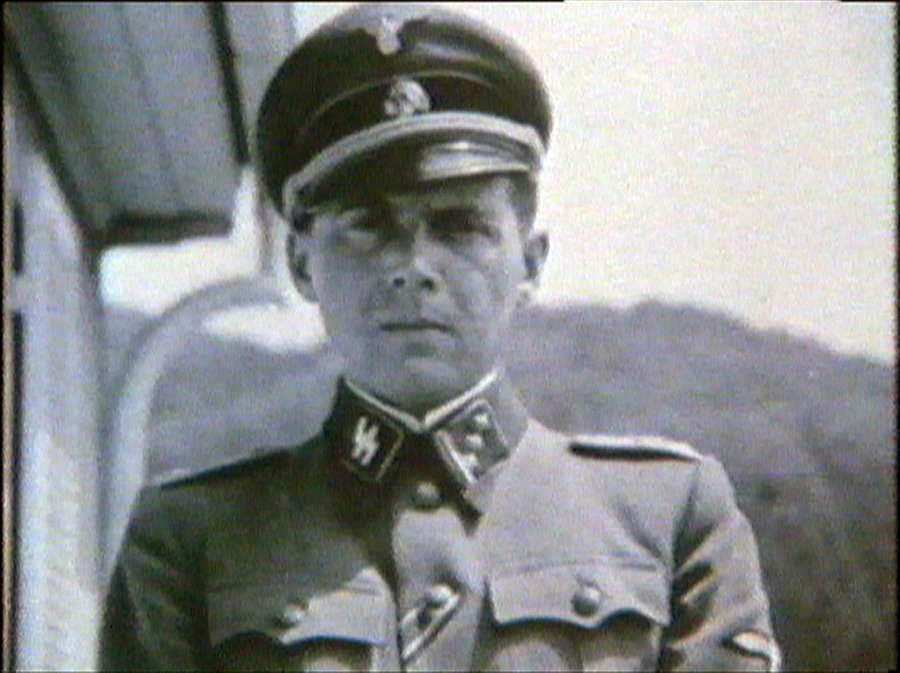

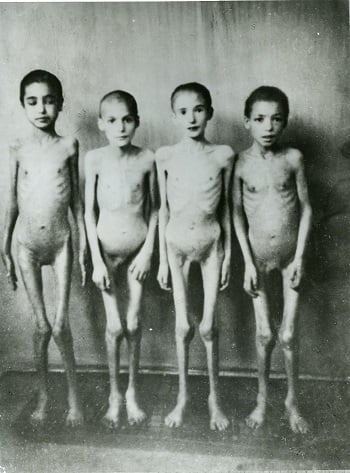 Josef Mengele was born in 1911 in Günzburg, Germany, into a wealthy family.
Josef Mengele was born in 1911 in Günzburg, Germany, into a wealthy family.

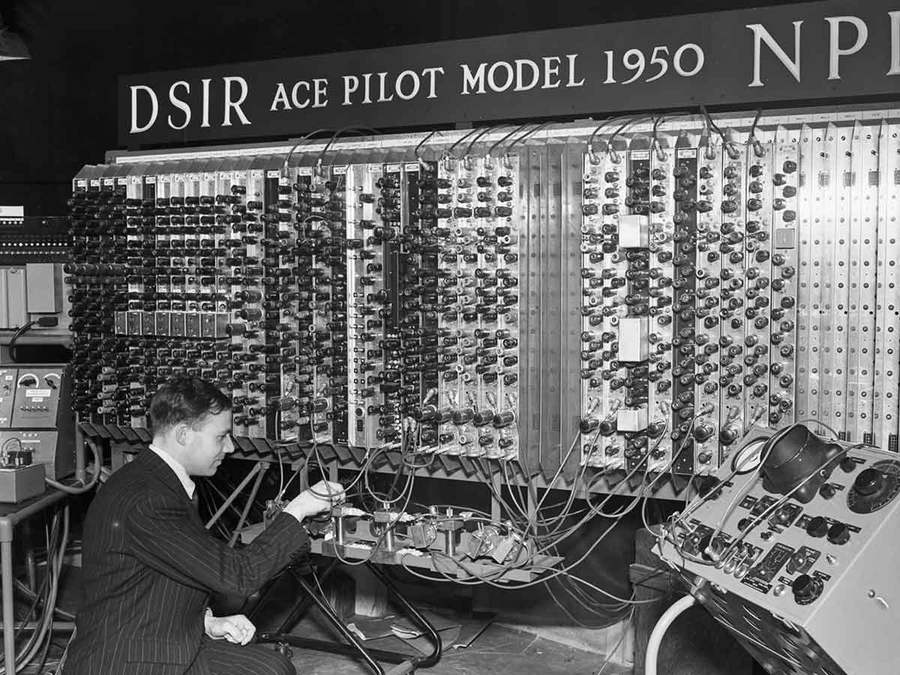 By the late 1930s, Nazi Germany had developed the Enigma machine, capable of encrypting messages into a seemingly unbreakable code.
By the late 1930s, Nazi Germany had developed the Enigma machine, capable of encrypting messages into a seemingly unbreakable code.

 On April 14, 1912, the RMS Titanic struck an iceberg and sank, killing over 1,500 people.
On April 14, 1912, the RMS Titanic struck an iceberg and sank, killing over 1,500 people.


 It all began with one of the greatest scientists of the 1600s: Edmund Halley, the man behind Halley’s Comet.
It all began with one of the greatest scientists of the 1600s: Edmund Halley, the man behind Halley’s Comet.

 In 1941, Henry Ford’s assembly line revolution met the U.S. military’s demand for airplanes.
In 1941, Henry Ford’s assembly line revolution met the U.S. military’s demand for airplanes.

 On an ordinary day in 79 AD, Pompeii was alive with the hum of Roman life.
On an ordinary day in 79 AD, Pompeii was alive with the hum of Roman life.

 In 1763, Britain defeated France in the Seven Years’ War.
In 1763, Britain defeated France in the Seven Years’ War.

 In 1939, Hitler was obsessed with conquering Poland, but there was a problem:
In 1939, Hitler was obsessed with conquering Poland, but there was a problem:

 For centuries, scholars searched for Troy, the city Homer described in The Iliad.
For centuries, scholars searched for Troy, the city Homer described in The Iliad.